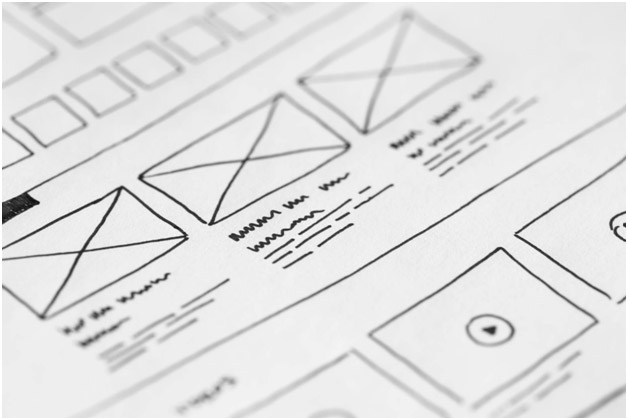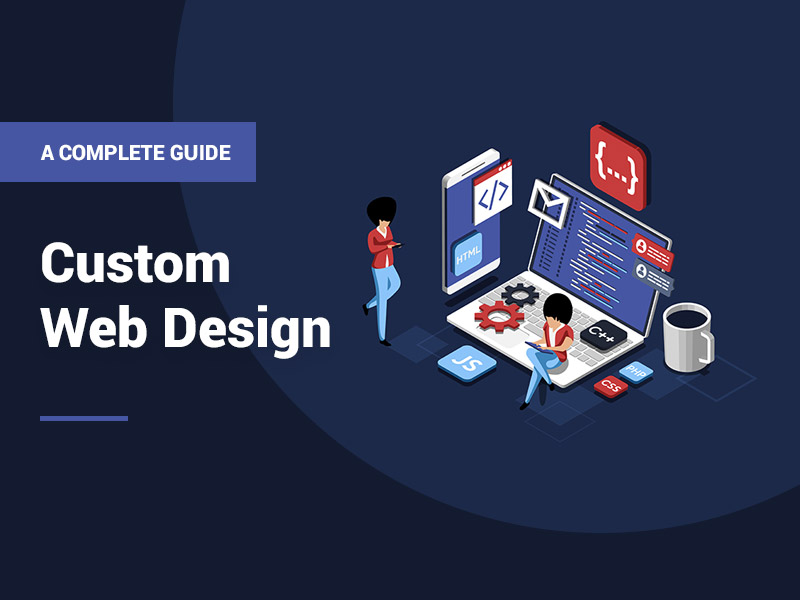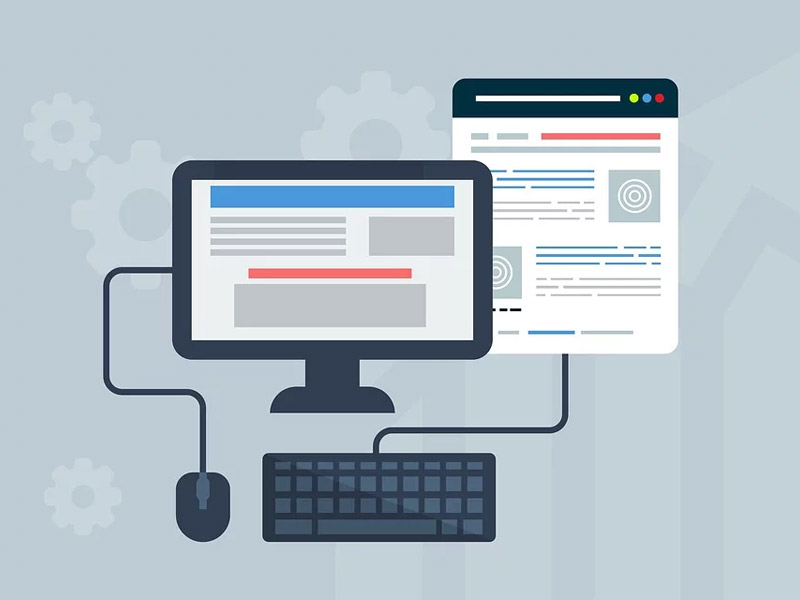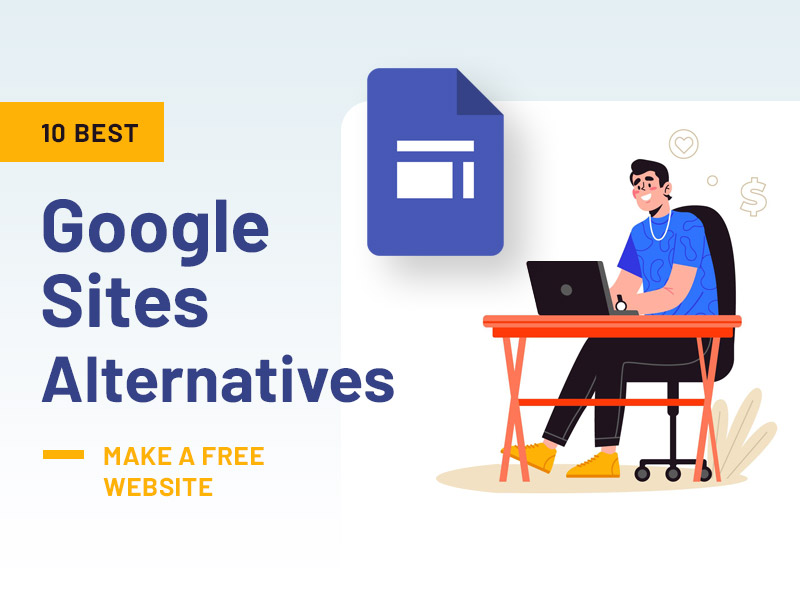While browsing the internet is a seemingly simple task; building, designing, and creating a web design is where all the hard work goes. You want your website to look nice, easy-to-use, and above all, different from any other designs out there. This is where a custom web design comes into play.
Statistics show that 48% of website visitors identified web design as an important factor in determining a brand’s credibility.
If you are a business wondering how to build custom web design, this post will be your guide.
What is Custom Website Design?
Custom web design refers to creating a customized website based on your business’ needs and the desires of your customers. Modern-day tools have ushered in the era of platforms that offer templates to create a website in easy steps, as well as people like Nate McDrake who shares his expertise on his YouTube channel here to help people learn how to use sites like WordPress. However, some businesses prefer custom web design created by professional web designers.
From custom layout to content and images to videos, a custom web design by YourDesignGuys uses a combination of all these elements to create a personalized internet site. The idea is to capture the feel of your brand to entice your target audience.
Factors to Consider for Custom Website Design
Consider the following factors before you dive into building a personalized website for your business.
Define Website’s Purpose and Your Strategies
Do you know why you want a custom web design? If not, you must first determine the functionality you wish to achieve from the customized design. Create a list of web pages you want and start gathering content to fill your website. For a more professional-looking site, it would be advised to contact a web designer to complete the work. For instance, if you’re looking to have a website built for a school or university, it would be advised to contact school web design specialists.
Researching on the Latest Design Trends
Your website design will be the digital window of your brand. Therefore, you must carefully consider the new trends in colors, fonts, and styles to attract the audience. You can create a brand style guide that you can share with your designer. The brand style may include:
- Your brand logo
- Your brand’s colors
- List of fonts
- Other custom requests
You may even have to go into rounds of back and forth feedback with the designer to come up with a final design.
Usability
Your website navigation makes the difference when it comes to creating an impressive user experience. Therefore, you must work on its usability by displaying detailed information about products and services. Just make sure that the information and call-to-actions (CTAs) you provide are easy-to-read and concise.
Choosing a Platform
Once you have created a website, it is time to select a platform to host your website. Pick a web hosting platform that provides flawless server uptime and reliability guarantees. Evaluate the add-on products and services, e-commerce support, and what type of control panel you will have to manage your website.
You must also confirm the host’s refund terms and conditions. Look for the upgrade options offered by the platform.
Content is King
Remember, whatever goes on your website should aim to attract the target audience. Therefore, you must produce content that offers value and answers the pain points of your customers. If you are looking to build a professional, custom designed website then perhaps consider using a web development company, try an online search for website design companies minneapolis, for example. This service can include creating custom websites, optimizing mobile devices, ensuring load times are fast, as well as integrating SEO amongst content. Besides persuasive textual content, you must also incorporate audio and visual content into the mix.
That said, you must write content in a natural/human tone. This will not only add credibility but also improve your brand’s image. To make your website more elegant, you should do some research on grabbing images in 2D as well as 3D animations.
Publishing the Site and Monitoring
Do a quality assurance audit that your website complies with all the terms and conditions of the hosting platform. Once you publish the website, you can run real-time analysis and continue to improve the performance and search engine ratings.
You can use tools like Google Analytics to track and report the traffic on your website. This helps you identify the best-performing web pages and optimize the website.

What is Custom website development?
Custom website development is a customized website solution for your business. This will help create a unique website. A unique website must also include different functionalities to make it efficient. This will help you achieve brand awareness goals.
Custom Website Design vs. Custom Website Development
A custom website design is all about the visual appeal of your website and its functionality from the users’ perspective. Web designers often use different types of software such as Adobe XD and Figma to create a graphically appealing user experience.
Your web design involves UX and visual designs to create wireframes, design systems, mockups, templates, color palettes, etc.
On the other hand, custom web development is a process that involves website coding. The idea is to create an intended web design using coding languages such as JavaScript, HTML, CSS, Ruby on Rails, Python, and more.
You can hire back-end dev teams to focus on your website’s infrastructure application, such as security and hosting. In contrast, a front-end web developer can focus on the functionality of your website.
7 Steps to Lay Down your Custom Web Design
Now that you know about factors to consider, it is time to create an enticing custom web design unique and personalized to your brand. Here is a seven-step process to roll out a custom web design.
Hiring a Service
Once you have determined the needs, created a layout for the website and each web page, it is time to hire a web designer or an agency like these B2B marketing experts offering custom web design services. In order to find the right person or design agency, you must look at their portfolios. Consider the brand personality you wish to create if it is one of the designer’s forte.
For instance, do you want something modern, fun, playful, or edgy? It is always a good idea to choose a designer with experience in your line of business. Another factor to consider is that the designer may specialize in a specific type of website you are looking for.
If you will be using lots of images, then a custom website designer with a portfolio of image-based websites. If you are a seller, look for one who excels in the e-commerce industry.
Starting With Wireframes
Wireframes are just like a map for your website. Think of it as a blueprint that has all the detail about each page the navigation for your website. The wireframes will also indicate where all the images will go and where your call-to-action (CTA) buttons will be.
Beginning the custom web design process with wireframes will make the rest of the process quite straightforward. Discuss the structure with your designer and make any changes. This will save you both time and money by avoiding any hurdles as your website design progresses.
Some of the major page types that you must do the wireframes for include:
- Your homepage
- Product listing
- Articles/blog
Even if you are working on a custom webs design on a template site, you must still do wireframes. Just ensure that the website designer understands the inherent restrictions in the template.
Designing the Feel and Look You Desire
Remember that your website will help you create the first impression on your target customers. Therefore, think carefully when it comes to the text font, style, and color scheme you choose. Make sure to use the same font, style, and color scheme that you use on social media platforms and another marketing campaign.
It is also important to make your brand logo prominent, so your existing customers can easily identify your business. It is also practical to send a sample of a few carefully chosen websites you would like the designer to use for aspiration. It is a good idea to write a couple of reasons you like the particular website.
With all this information, your custom web designer will create a personalized but attractive website design. Once a designer has created a design with all the information you provided, they will provide you with the first draft. Have a look at this specimen and give your honest feedback. If you do not like something, do not be shy to express your concerns or dislike.
Creating a template for all web pages
Once you have the overall layout of the website, it is time to narrow down your efforts to each webpage. Upon completion of wireframes for every page you intend to include in your website, the rest of the process must be simple to create a prototype.
You may also come across certain small elements that need tweaking. For this, you and your web designer must be on the same page. If your designer is not your web developer, you must obtain layered image files for your web design and hand them over to your web developer. The standard format of a web design is usually available in Adobe Photoshop and Sketch.
Working with Developers on Design Code
Two of the selection criteria to hire a web developer are communication and functionality. You should be open about letting the developers know what you want and understand what web developers explain in simple, clear language.
For instance, if you want a content management system (CMS), your web developer must be able to tell you the platform they will be using. It would be even better if the developer could show you how and what type of control you will have on the website to make any changes on the go.
A web developer must be curious to learn about your vision for web design and ask you questions. If a developer is not asking many questions, it is better to find a new one. This is because a lack of questioning also indicates a lack of understanding on the developer’s part.
You do not want a web developer who cannot think through every aspect and element you are looking to incorporate in your custom web design. Like designers, after the briefing, your developer will create a website prototype and send you an initial draft.
Play around with it, test it, and do not shy away from giving open feedback. At the end of the day, you are making an investment and ensuring that it delivers the intended results and more.
Fill in your content (SEO)
Once you have a fully functional website, it is time to fill it with all the content you have collected. This includes:
- Details about your brand, its vision, and goals
- Details about your leadership, employees, and other important personnel
- Details about products and services you promise to offer. It is best to include images of each product you offer.
- Testimonials/Reviews/feedback from your existing clientele. You can use both images and visual content to make it more credible.
- Contact information including address, international phone number, and email address
It is a good idea to hire a Search Engine Optimization (SEO) specialist to optimize your content. This will be a worthy statement as SEO content will increase your search engine ranking, resulting in an increase in organic traffic to your website.
You can use local SEO and International SEO depending on your goals. For example, if you are a law firm offering services in New York, you can use keywords and key phrases such as “law firm in NY” or “attorney in New York.” This way, every time a New Yorker searches for a lawyer, attorney, or law firm in New York, your company’s website will appear in the top search results.
User Testing before Launch
Do not launch the website as soon as you have uploaded the content. Do a test run before the official launch. You can ask your employees and a select group of customers to play with your website. This will allow you to identify any errors and rectify them before going live.
Listen to the feedback you receive and ask questions. Remember, it is not a criticism but an honest opinion to help you tweak the custom web design. Once you have eliminated all the errors and made final tweaks, it is time to launch the website.
Tips to Choose Custom Web Design Services
Here are some additional tips to help you ace selecting a custom web design service.
- Choose a service provider who is eager to listen.
- A good web designing service provider will not only abide by your ideas but also give their input to make it even better.
- Use a service provider who also excels in marketing strategies and SEO content.
- Hire a service that knows how to use CMS
- Hire service with a portfolio with similar web designs that you intend to create
Conclusion
Creating an effective web design may seem like a simple task, but creating a custom design requires a lot of research. You can use all the points mentioned in this guide to navigate this activity easily.







